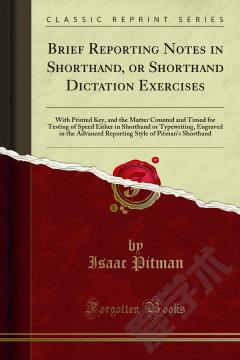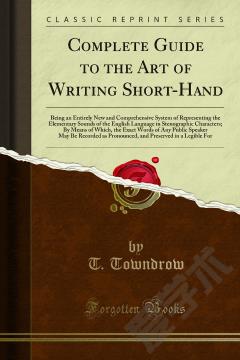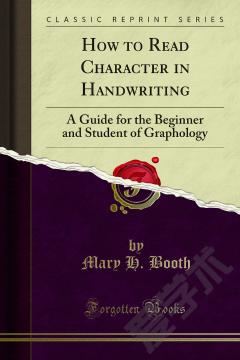The Stenographical Copy-Book, or Short-Hand Instructor —— Containing the Characters Which Compose the Short-Hand Alphabet, a Progressive Series of Elementary Lessons, and Various Select Specimens of Elegant Stenography
-----
In the next place, a particular attention must be paid to the method of expressing the vowels, in Short-hand, by dots or points, either before or after single consonants, and also in the middle of words, when they occur between two consonants. All these different positions of the vowels are fully illustrated by a series of what may not inaptly be called, nonsense examples, in Plates IX and X, in the present Work, the typographical explanations being given in twelve successive pages of the Introduction to Byrom's Short. Hand, commencing at page 5, and ending on page 16. — As there is a puzzling diversity, which creates some dificulty to Learners, in placing the vowels, before and after the horizontal curves, which denote the letters m, n, g, and ch, the Author has subjoined an extra line, at the bottom of Plate IX, which, he trusts, will completely obviate this difficulty, and manifest, by means of a similar character, formed of three straight lines, that the principle of before or above, for leading vowels, and after or below, for those which follow the Short-hand character, is strictly adhered to, with respect to the four letters above-named. — It may perhaps be useful to mention here, that no distinction, either in the size of the vowel i, or in the form of the vowel u, is intended to be made, excepting when they are used alone, (and especially at the beginning of a line or a sentence,) to denote the oft-recurring pronouns, I and yaw — Sometimes, indeed, a long vowel is indicated by making the point which represents it, somewhat larger; also when two vowels come together, the first of them, whichever it may be, is made a little larger, to distingmsh it from that which follows — But when the vowels a, e, or 0 are doubled, the double points representing those vowels, are to be made of equal size.' Also in the very common termination ous, the points which represent the two vowels on, may be made of equal size.
{{comment.content}}








 京公网安备 11010802027623号
京公网安备 11010802027623号